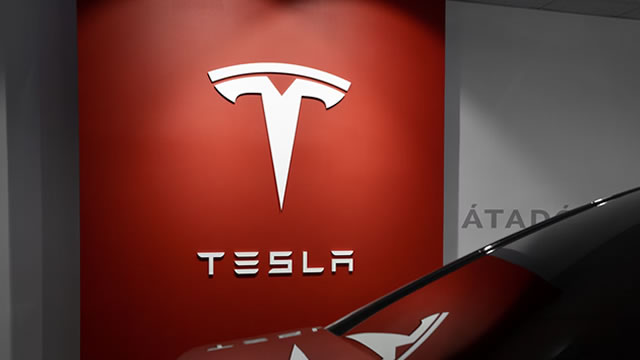Tesla’s Fourth Quarter Gross Profit Margin Miss: What Does It Mean for Consumers and the World?
In a recent financial report, Tesla (TSLA) fell short of analysts’ estimates for gross profit margin in the fourth quarter of 2022. This news came as the electric vehicle (EV) maker rolled out financing offers and discounts to stimulate demand for its aging lineup.
Impact on Tesla:
The fourth quarter’s disappointing gross profit margin can be attributed to several factors. Tesla’s production costs increased due to higher-than-anticipated battery and raw material prices. Furthermore, the company’s efforts to boost sales by offering financial incentives resulted in lower profit margins per vehicle sold.
Impact on Consumers:
The financial incentives Tesla offered during the fourth quarter could lead to lower prices for consumers. This could make Tesla’s vehicles more accessible to a larger audience, potentially increasing the adoption of electric vehicles overall. However, it’s important to note that these incentives may not be permanent and could change based on market conditions.
Impact on the World:
Tesla’s financial performance has significant implications for the global automotive industry. The company’s success in popularizing electric vehicles has led to increased competition and innovation. However, Tesla’s struggles to maintain profitability may put pressure on other automakers to offer similar incentives to stay competitive. This could lead to a race to the bottom in terms of profitability, which could impact the long-term sustainability of the electric vehicle market.
Future Outlook:
Despite the short-term challenges, Tesla remains optimistic about the future. The company plans to introduce new models, such as the Cybertruck and the Roadster, which could help boost sales and profitability. Additionally, Tesla continues to invest in battery technology and renewable energy to reduce production costs and improve efficiency.
- Tesla’s fourth-quarter gross profit margin missed analysts’ expectations.
- The company offered financial incentives to boost sales of its aging lineup.
- Higher production costs due to battery and raw material prices were a contributing factor.
- Lower profit margins per vehicle sold due to incentives could make Tesla’s vehicles more accessible to consumers.
- The electric vehicle market may face pressure to maintain profitability as competitors offer similar incentives.
- Tesla plans to introduce new models and invest in technology to improve profitability and sustainability.
In conclusion, Tesla’s fourth-quarter gross profit margin miss is a reminder of the challenges the electric vehicle market faces in maintaining profitability while expanding accessibility to consumers. However, Tesla’s continued innovation and investment in technology provide reasons for optimism about the future of the electric vehicle industry.
As consumers, we may benefit from lower prices and increased accessibility to electric vehicles. However, it’s essential to keep in mind that these incentives may not be permanent and could change based on market conditions. As the electric vehicle market continues to evolve, it’s crucial to stay informed about the latest developments and trends.
From a global perspective, Tesla’s financial performance has significant implications for the automotive industry as a whole. The race to offer incentives to stay competitive could impact long-term profitability and sustainability. It’s important for companies to find a balance between accessibility and profitability to ensure the long-term success of the electric vehicle market.





